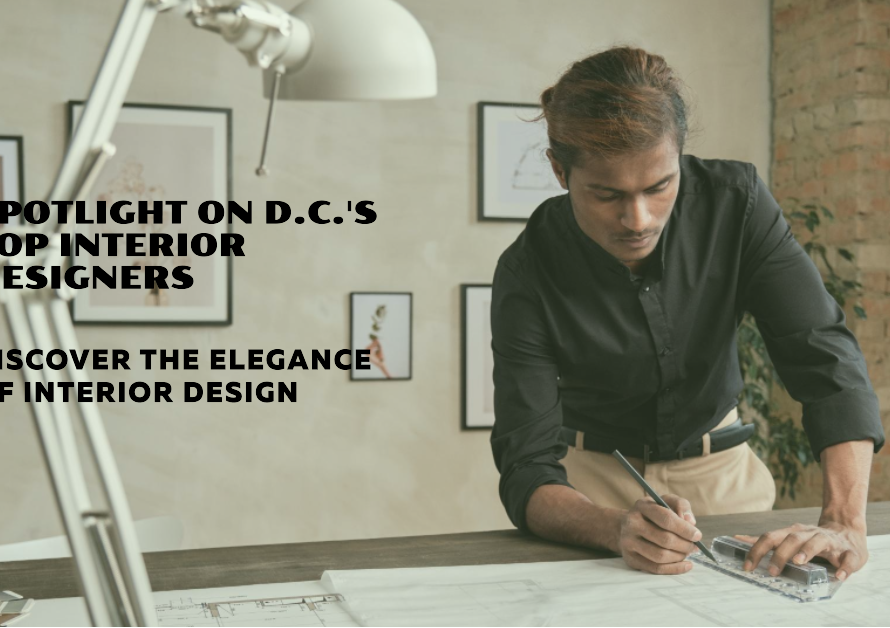
Table of Contents
Introduction: Exploring the role of geometric shapes
Geometric shapes are integral components in building design, offering architects and designers a diverse palette to create visually striking and structurally sound spaces. The interplay of circles, squares, triangles, and other shapes can evoke different emotions and convey varying messages within architectural contexts. For example, the use of symmetrical shapes like squares can impart a sense of stability and order, while the incorporation of curves may introduce fluidity or softness into a structure’s design. By understanding the psychological effects of geometric shapes, architects can manipulate spatial experiences to influence how occupants perceive and interact with their environments.
Moreover, geometric shapes can serve as powerful tools for optimizing functionality within buildings. Strategic placement of angular forms can delineate separate zones or define circulation paths, enhancing usability while contributing to an overall cohesive aesthetic. Furthermore, integrating geometric patterns into facades or interior elements can introduce texture and visual interest that animates a space without overwhelming it. By leveraging geometric principles in design, architects have the opportunity to imbue structures with symbolic meaning while also maximizing their functional potential.
Understanding the impact of geometry in design
Geometry in design is not just about creating aesthetically pleasing structures; it also significantly impacts user experience and functionality. From the symmetry of columns to the angles of windows, every geometric decision influences how people interact with a space. For instance, the use of right angles in a building can convey stability and solidity, while curved forms may evoke a sense of creativity and fluidity. Understanding the emotional and psychological impact of different geometries is crucial for architects and designers looking to create spaces that resonate with their intended audience.
Furthermore, geometry plays a vital role in sustainability and efficiency within building design. By optimizing layouts using geometric principles, architects can maximize natural light penetration, improve air circulation, and minimize energy consumption through more efficient heating and cooling solutions. In this way, geometry becomes an essential tool for not only shaping physical spaces but also for shaping a sustainable future where design aligns with environmental consciousness.
The versatility of triangles, squares, and circles
Geometric shapes are the building blocks of architectural design, with triangles, squares, and circles offering a remarkable level of versatility. Triangles, for example, not only convey stability and strength but also create dynamic visual interest in spaces. Their ability to distribute force evenly makes them ideal for supporting structures in modern building designs. Squares, on the other hand, represent stability and balance, making them a popular choice for creating a sense of uniformity and order within architectural layouts.
Circles bring a softer touch to architectural design by introducing fluidity and movement into spaces. Their organic form evokes feelings of unity and inclusivity, making them well-suited for creating welcoming environments such as gathering spaces or community centers. When these geometric shapes are combined thoughtfully in building design, they can evoke emotions and connections that transcend mere functionality. By understanding the unique characteristics of each shape and employing them strategically, architects can create spaces that not only serve practical purposes but also inspire awe through their aesthetic appeal.
Utilizing geometric shapes for functional and aesthetic purposes
Geometric shapes play a vital role in building design, not only for their aesthetic appeal but also for their functional benefits. From the elegance of a perfectly symmetrical square to the dynamic energy of a triangular structure, geometric shapes offer architects and designers endless opportunities to create spaces that are both visually stimulating and operationally efficient. By utilizing geometric shapes, designers can optimize space usage, enhance structural integrity, and create unique visual experiences for occupants.
For example, incorporating triangular shapes into a building’s design can provide strength and stability while adding an element of intrigue. The use of circles or curves can soften harsh angles and create a more inviting environment. Additionally, angular forms such as squares or rectangles can be used to maximize usable floor space and facilitate efficient furniture layouts. Understanding the properties of different geometric shapes allows designers to craft spaces that are not only visually striking but also highly practical in their functionality.
Case studies: Examples of successful geometric design integration
One compelling case study that demonstrates the successful integration of geometric design is the iconic Burj Khalifa in Dubai. The building’s sleek, modern facade incorporates a combination of triangular and diamond-shaped elements that not only contribute to its striking appearance but also serve a structural purpose. The use of geometric shapes in the design allowed for efficient weight distribution and wind resistance, resulting in a skyscraper that stands as a testament to the harmonious fusion of form and function.
Another noteworthy example is the Heydar Aliyev Center in Baku, Azerbaijan, designed by renowned architect Zaha Hadid. The fluid and organic curves of this masterpiece defy traditional rectangular architecture, showcasing how geometric designs can transcend conventional boundaries. By seamlessly integrating circles, ovals, and sweeping lines, the building embodies an innovative approach to spatial design while embracing the elegance and versatility of geometric forms. These case studies exemplify how leveraging geometric shapes can elevate architectural aesthetics while optimizing structural performance with remarkable success.
Tips for incorporating geometric shapes in building design
When incorporating geometric shapes in building design, consider using a mix of shapes to create visual interest and depth. Combining squares, triangles, and circles can result in a dynamic and modern architectural aesthetic. For example, using triangular forms to create sleek roofs or facades can add an intriguing element to the overall design.
Another tip is to play with scale and proportions when integrating geometric shapes into building design. By varying the size of shapes within a structure or facade, you can create a sense of movement and rhythm. Additionally, experimenting with irregular geometric patterns can add an edgy and unconventional vibe to the building’s visual appeal. Whether it’s through window placement or exterior cladding, unconventional geometry can make a bold statement in architectural design.


Conclusion: Harnessing the power of geometry in architecture
In conclusion, the integration of geometry in architecture isn’t just about creating visually stunning buildings; it’s about effectively harnessing the power of mathematical principles to enhance functionality and create spaces that resonate with emotional and psychological impact. By using geometric shapes, architects can manipulate space, light, and perception to evoke specific feelings and experiences within a built environment. This approach allows for the creation of dynamic structures that go beyond mere aesthetics, becoming immersive and thought-provoking environments.
Furthermore, geometry enables architects to achieve structural integrity while maintaining aesthetic appeal. The use of geometric forms such as triangles or arches distributes forces efficiently throughout a building, leading to stable designs that stand the test of time. Moreover, by embracing symmetry or asymmetry through geometric patterns, architects can craft innovative spatial experiences that cater to diverse human needs and behaviors. As technology advances and architectural design evolves, harnessing the power of geometry will continue to be a vital tool for creating inspiring and impactful built environments.



1 Comment
Amparo
I was recommended this blog through my cousin. I am not certain whether
or nnot this submit is written through him as no
one elsse understand such certain about mmy trouble. You’re amazing!
Thank you!